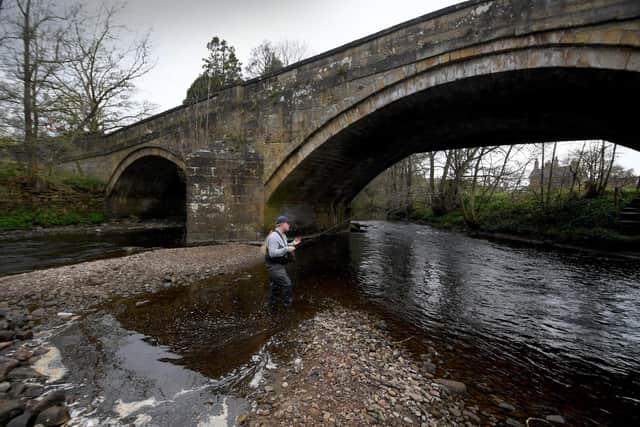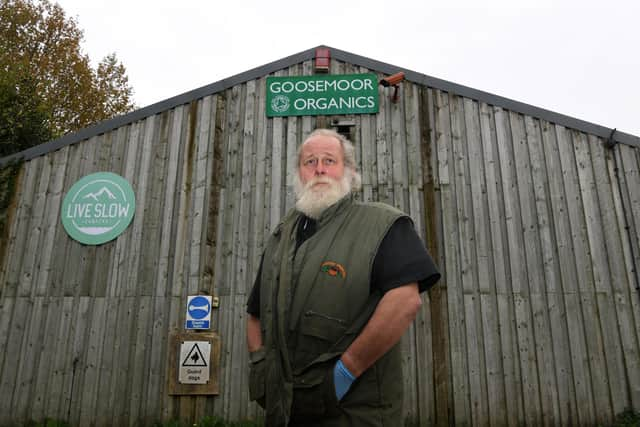Yorkshire rivers sewage dumping: Shocking pollution figures may still be too low, claims expert
Prof Peter Hammond, who works with Windrush Against Sewage Pollution (WASP), published a report in May outlining calls for the volume of overflows to be measured.
Water companies only have to record the number of incidents and for how long they occur. With “inadequate” reporting, he argued, it is impossible to assess the damage that is being done.
Advertisement
Hide AdAdvertisement
Hide AdThe study, which was based on official data, reviewed a sample of 30 water company treatment works in England and Wales, including for two rivers in Yorkshire.


For the Wharfe, the report suggested, 102 Olympic swimming pools of raw sewage were discharged in 2020, with 15 at the small village of Pool in Wharfedale alone.
For the Nidd, even discounting the biggest figures which were for Pateley Bridge (241) and which Yorkshire Water refuted and put down to a faulty monitor, the findings were for 76 Olympic pools worth.
“I reviewed the water companies’ operation of these sewage treatment works (STW) – and particularly the volume of untreated sewage discharged,” said Prof Hammond. “My estimates were pretty conservative for each STW. But I also considered STWs within a river catchment, as we’ve got to look at cumulative effect as discharges travel downriver.”
Advertisement
Hide AdAdvertisement
Hide AdAnger has mounted over recent years as more people have backed calls to clean up the country’s rivers.


To Prof Hammond, it’s not expectations that have changed, it’s that until recently people didn’t know the ugly truth.
“People just weren’t aware. It’s been hidden for so long,” he said. “We were horrified to find that water companies were permitted to discharge untreated raw sewage into rivers and streams.”
At a North Yorkshire Council meeting last month Ouseburn division councillor Arnold Warneken said: “The water companies should produce accurate figures, they must have them and if not should be prosecuted.
Advertisement
Hide AdAdvertisement
Hide Ad“We need the infrastructure in place at the start of any projects and should not allow developers to put further strain on the sewage handling, as we know all that leads to is further pollution.”
A Yorkshire Water spokesman said: “Professor Hammond’s report focuses on the potential impact of storm overflows at Pateley Bridge, Harrogate North, Darley and Kirk Hammerton.
"We understand some sections of the River Nidd have been identified by the Environment Agency as not achieving the requisite ecological status.
“However, storm overflows have not been identified by the Environment Agency as the reason why the ecological status is as stated.
Advertisement
Hide AdAdvertisement
Hide Ad“Where Yorkshire Water can make a difference is in reducing phosphorus from all final effluent wastewater and that is why we are investing £790m by 2025 in phosphorus removal as part of our overall investment programme which has been in place for some time.”